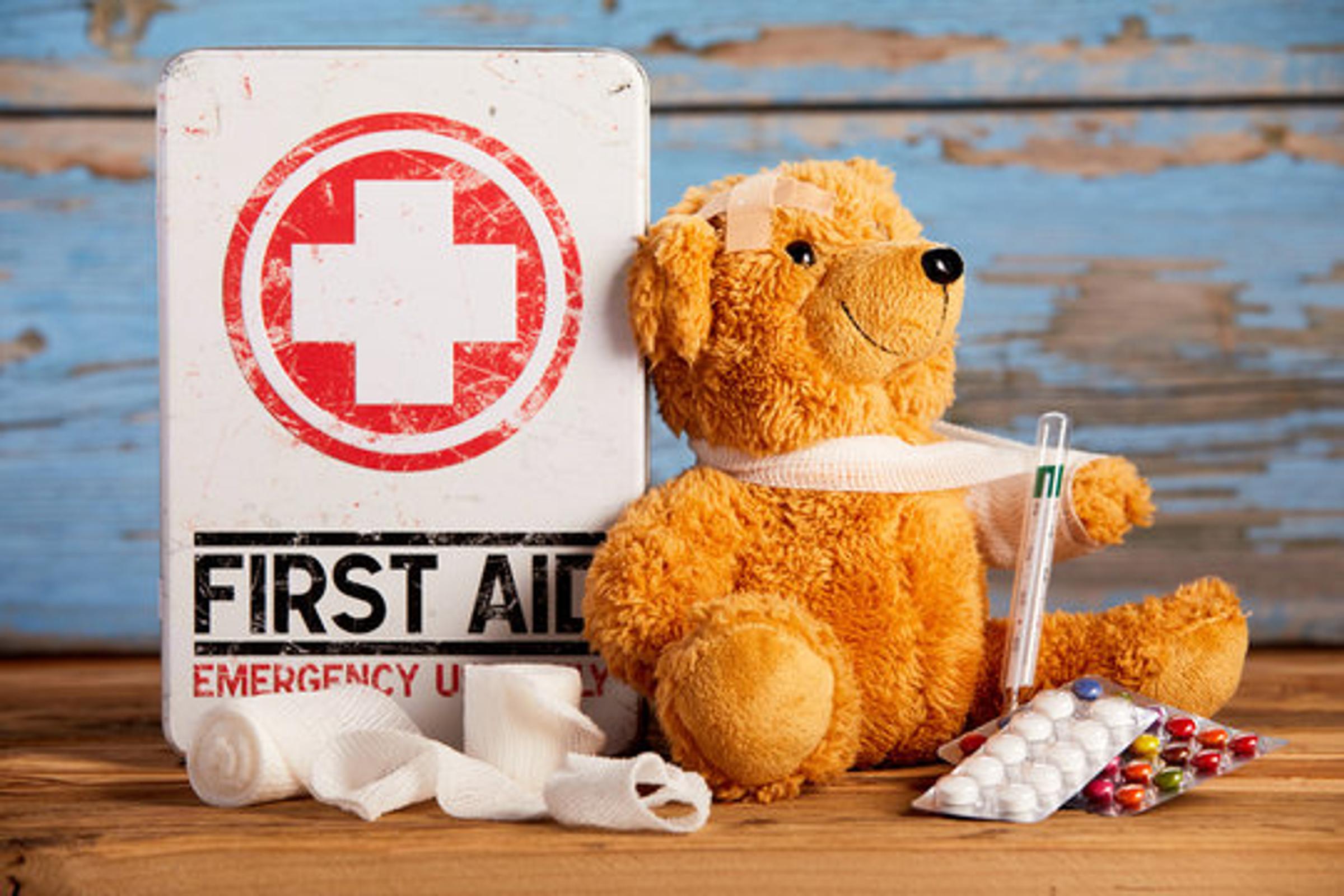First Aid News
Allergies and Anaphlyaxis

First Aid News
Allergies and Anaphlyaxis
Impetigo - school sores
Impetigo is a skin infection caused by staphylococcus or streptococcus bacteria. It is also known as school sores because it commonly affects school-aged children. Impetigo is more common during the warmer months. Staphylococcus or streptococcus bacteria can live harmlessly on and inside various areas of the body, such as the skin surface and nose. However, cuts and abrasions or eczema may allow the bacteria to cause infection in deeper skin tissues. Healthy, intact skin can sometimes develop impetigo too. The condition is characterised by collections of small, crusting blisters that usually form on the face or limbs.Impetigo looks unsightly, but it isn’t dangerous and doesn’t cause any lasting damage to the skin. However, it is highly contagious. A child with impetigo should be kept home from school until appropriate treatment has begun. The sores on exposed areas are covered with a waterproof occlusive (no holes) dressing. Occasionally a crepe bandage may be needed to hold the dressing in place or help prevent younger children from scratching the sores.
Common symptoms of impetigo include:
If large areas of the skin are affected, symptoms may also include:
Impetigo may be diagnosed by an experienced clinician on the basis of the appearance of the infection. It may also be diagnosed by taking a swab of the blisters or crust and checking for the presence of bacteria.
Treatment of impetigo
Impetigo can be treated with prescription antibiotic ointments or creams, which need to be reapplied until the sores have completely healed. Antibiotic syrups or tablets may also be prescribed. It is important to complete any course of antibiotics you are prescribed. If left untreated, impetigo can lead to skin abscesses.
Suggestions for home care include:
Impetigo blisters and crusts are filled with bacteria. This makes the condition highly contagious, particularly when the site is weeping. The skin is usually itchy, so the child scratches and spreads the infection from under their fingernails to other areas of the body or to another person. Infection can also be spread by handling contaminated clothing or articles.Suggestions to reduce the risk of transmission to other family members include:
Brooke Witherow
First Aid Officer